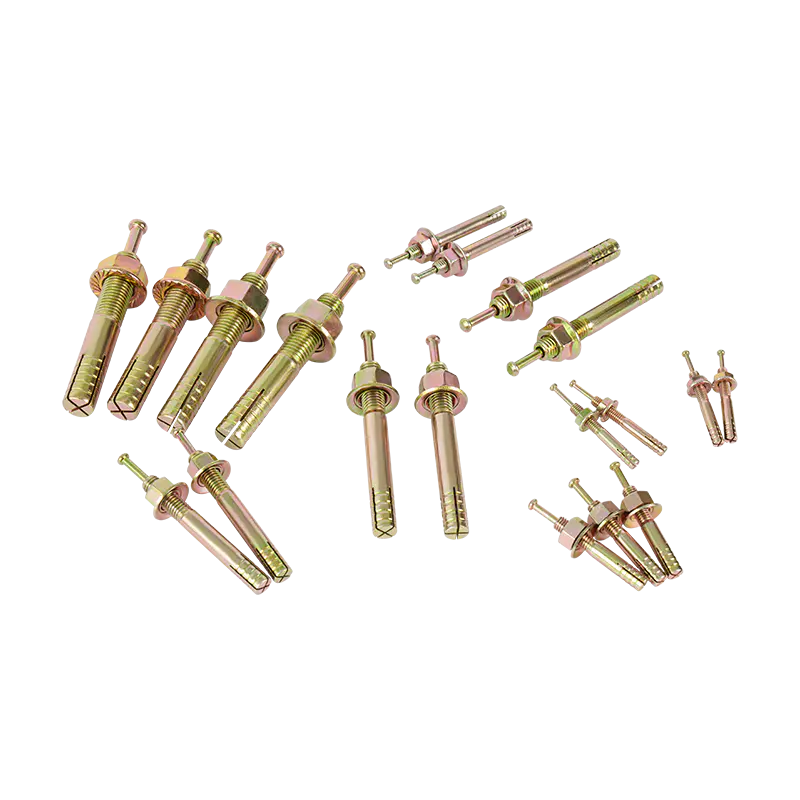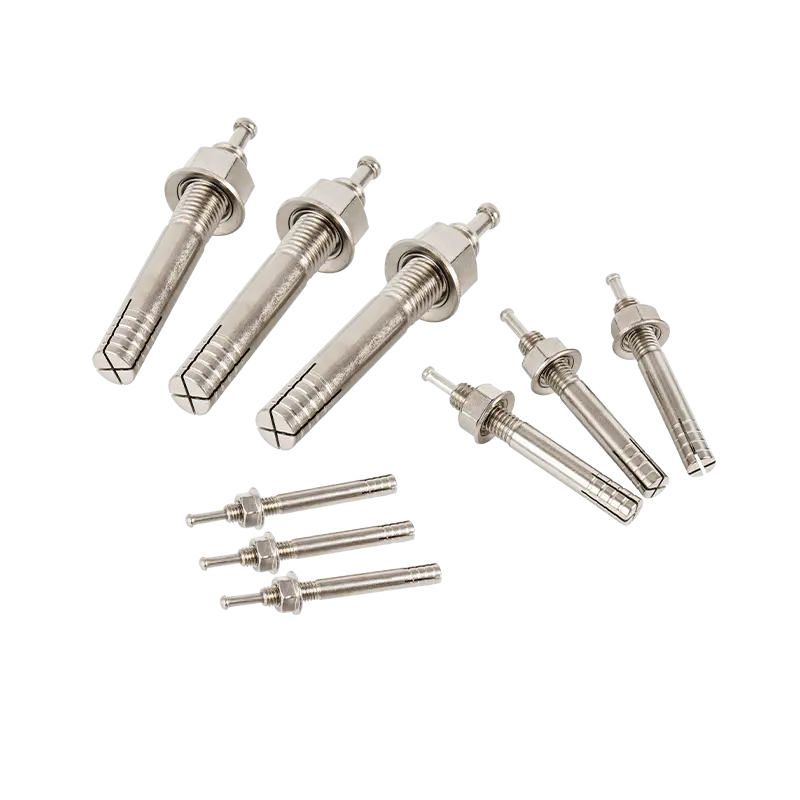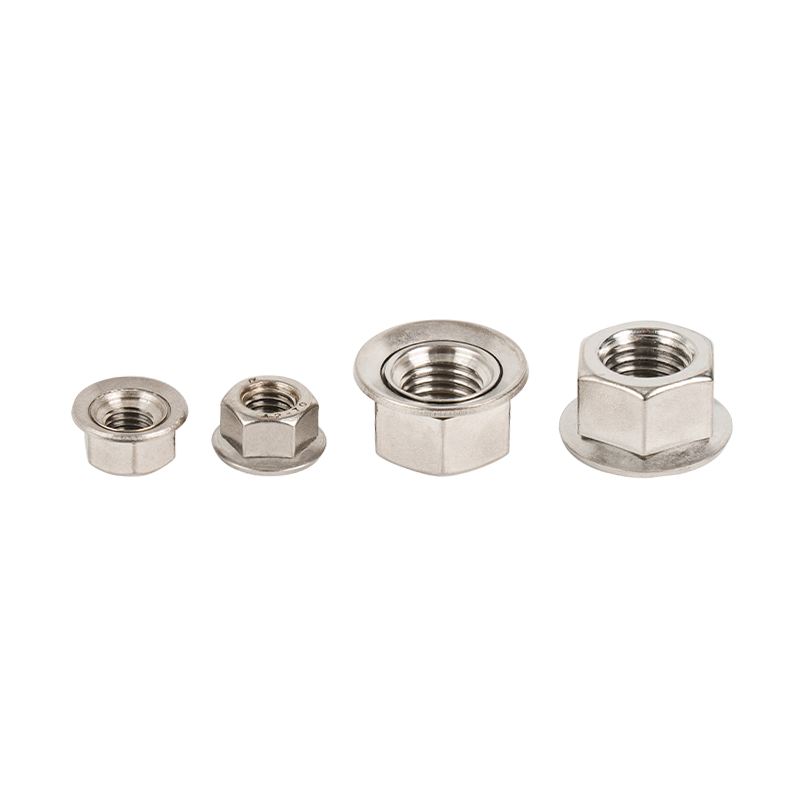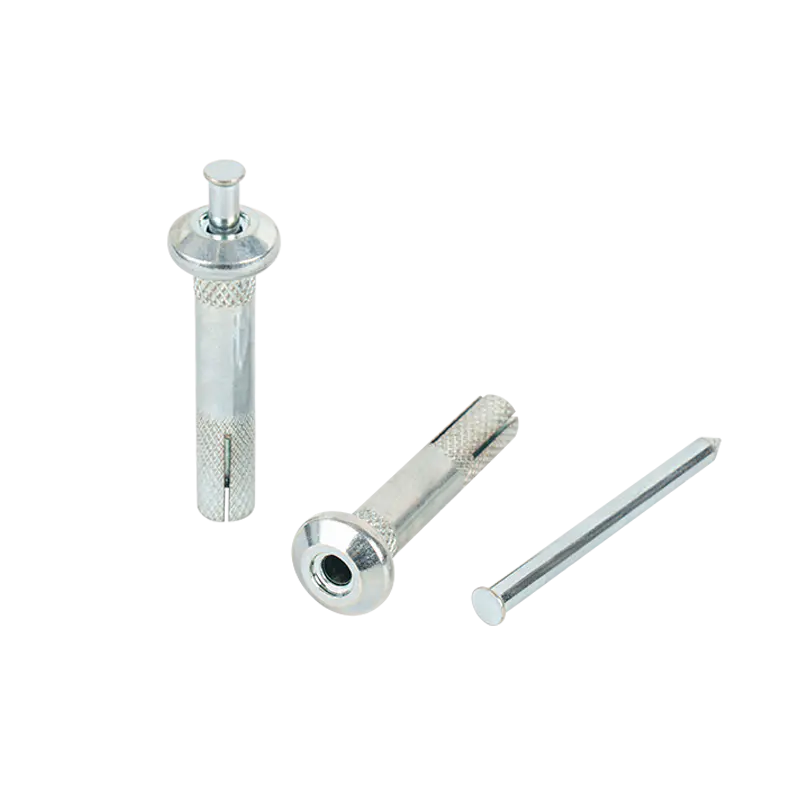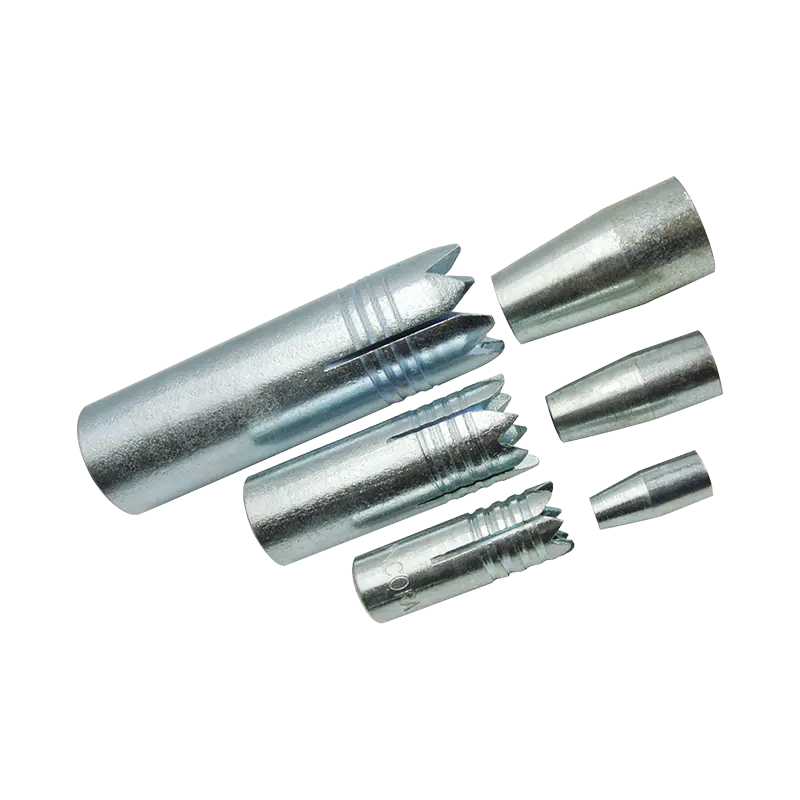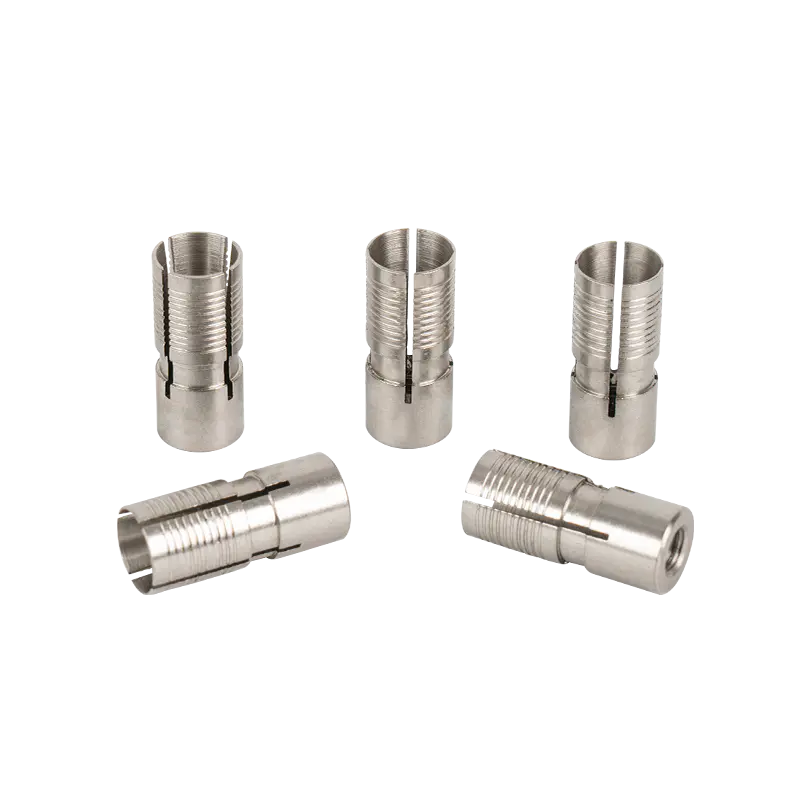What are the minimum margin and spacing requirements for Strike Anchor?
2025-07-18
Strike Anchors (a common type of mechanical expansion anchor, often synonymous with wedge anchors) are widely used for securing objects to concrete. Their effectiveness and safety rely heavily on correct installation, particularly adhering to minimum edge distance (c) and minimum anchor spacing (s) requirements. Ignoring these parameters can lead to catastrophic failure. This guide outlines the critical factors and general principles governing these minimums.
Why Minimum Edge Distance and Spacing Matter
Concrete, while strong in compression, is relatively weak in tension and susceptible to cracking and splitting. When an anchor is placed too close to an unsupported edge or too close to another anchor, the concentrated stresses generated during installation (setting) and under load can cause:
-
Concrete Cone Failure: A cone-shaped piece of concrete breaking out around the anchor.
-
Concrete Splitting: Cracks radiating from the anchor towards the nearest edge or adjacent anchor, potentially compromising the entire concrete element.
-
Reduced Load Capacity: Significantly diminished pull-out and shear strength.
Defining the Terms
-
Minimum Edge Distance (c): The shortest allowable distance measured from the center of the anchor shaft to the nearest unsupported edge of the concrete member (e.g., the side of a slab, beam, or the edge of a hole).
-
Minimum Anchor Spacing (s): The shortest allowable distance measured from center to center of adjacent anchors installed in the same member.
Key Factors Determining Minimums (cmin and smin)
Minimum requirements are NOT arbitrary numbers. They depend critically on several factors:
-
Anchor Diameter (d): This is the most fundamental factor. Larger diameter anchors inherently require greater distances from edges and other anchors to distribute stresses adequately. Minimums are typically expressed as multiples of the anchor diameter (e.g., cmin = 5d, smin = 5d).
-
Concrete Compressive Strength (f'c): Stronger concrete is more resistant to splitting and cone failure. Minimum edge and spacing distances may be slightly reduced for higher-strength concrete compared to lower-strength concrete for the same anchor size, but this must be verified per the specific anchor's evaluation report.
-
Embedment Depth (hef): Deeper embedment generally allows the anchor to develop its load capacity further within the concrete, potentially influencing the required spacing and edge distance calculations, especially for tension loads. However, minimums for preventing splitting during installation are primarily driven by diameter.
-
Presence of Reinforcement: Closely spaced reinforcing steel (rebar) near the edge or between anchors can help restrain cracking and may allow for slightly reduced minimum distances if specifically accounted for in the design according to recognized standards (like ACI 318 or EOTA TR 029). However, reliance on reinforcement for minimums requires careful engineering analysis.
-
Load Type and Magnitude: Higher loads, especially tension loads, generally require stricter adherence to minimum distances. Shear loads towards an edge are particularly critical for edge distance requirements.
-
Concrete Condition: Cracks in the concrete, whether pre-existing or service-induced, significantly impact anchor performance and may necessitate larger minimum distances.
General Principles & Starting Points (Consult the ETA/ICC-ES Report!)
It is absolutely crucial to understand that there are no universal "one-size-fits-all" minimums for Strike Anchors. The definitive values for a specific anchor diameter and concrete strength are provided by the anchor manufacturer in their product-specific:
-
European Technical Assessment (ETA)
-
ICC-ES Evaluation Service Report (ESR)
These reports, based on rigorous testing and assessment to European (ETAG 001) or US (ACI 355, ICC-ES AC193) standards, provide the legally recognized and safe minimum edge distances (cmin) and minimum spacings (smin) for that exact product.
As a strong general rule of thumb and starting point for understanding the scale involved:
-
Minimum Edge Distance (cmin): Often falls in the range of 5 to 10 times the anchor diameter (5d - 10d) for uncracked concrete without specific reinforcement influence. For example:
-
A 1/2" (M12) diameter anchor might have a cmin of 2.5" to 5" (65mm to 125mm).
-
-
Minimum Anchor Spacing (smin): Often falls in the range of 5 to 10 times the anchor diameter (5d - 10d). For example:
-
Two 1/2" (M12) diameter anchors might require a minimum center-to-center spacing of 2.5" to 5" (65mm to 125mm).
-
Critical Considerations
-
The Thumb Rule is NOT Sufficient: The 5d-10d range is only a conceptual guide. Always, without exception, refer to the manufacturer's published ETA or ICC-ES report for the specific Strike Anchor product and diameter you are using.
-
Uncracked vs. Cracked Concrete: Minimums are typically larger for anchors qualified for use in cracked concrete. The report will specify the conditions (uncracked or cracked) the minimums apply to.
-
Installation: Achieving the specified embedment depth (hef) is equally critical. Drilling holes too close to the minimum edge distance increases the risk of blowout during drilling. Use appropriate drilling techniques.
-
Concrete Thickness: The member thickness must be sufficient to accommodate the required embedment depth plus the minimum edge distance on the opposite side (if applicable) and avoid "breakout" failures.
Determining and strictly adhering to the minimum edge distance and anchor spacing requirements is non-negotiable for the safe and reliable performance of Strike Anchors. These values are scientifically derived for each specific product and are documented in the manufacturer's ETA or ICC-ES report. Never guess or rely solely on rules of thumb. Always:
-
Identify the exact Strike Anchor product and diameter.
-
Obtain the current manufacturer's technical data sheet and corresponding ETA or ICC-ES report.
-
Locate the tables specifying the minimum edge distance (cmin) and minimum spacing (smin) for your anchor size, concrete strength, and concrete condition (cracked/uncracked).
-
Design and Install meticulously according to these verified minimums and the full installation instructions.
Failure to respect these minimums significantly increases the risk of concrete failure, anchor pull-out, and potentially dangerous situations. Always prioritize verified technical data for a secure installation.

 English
English 日本語
日本語
